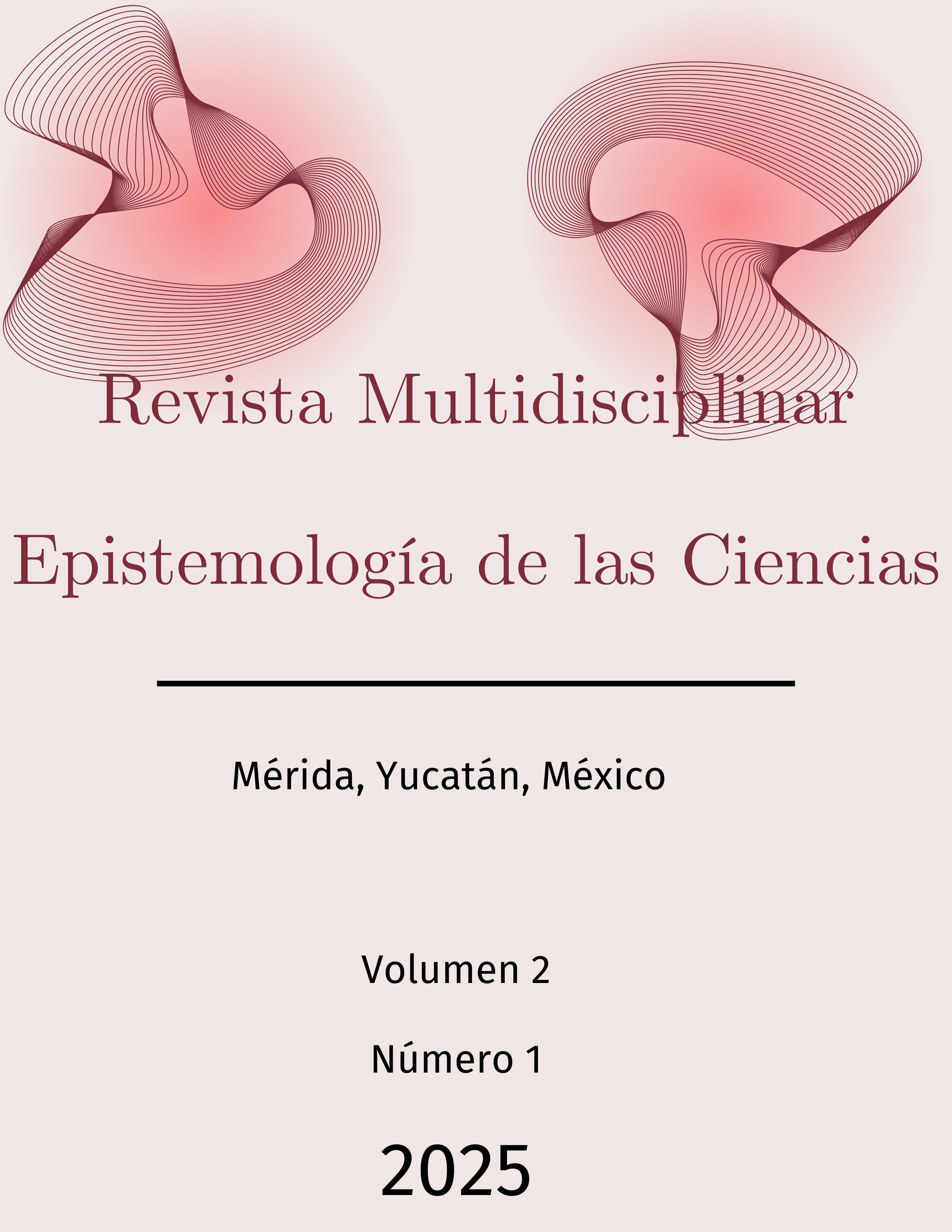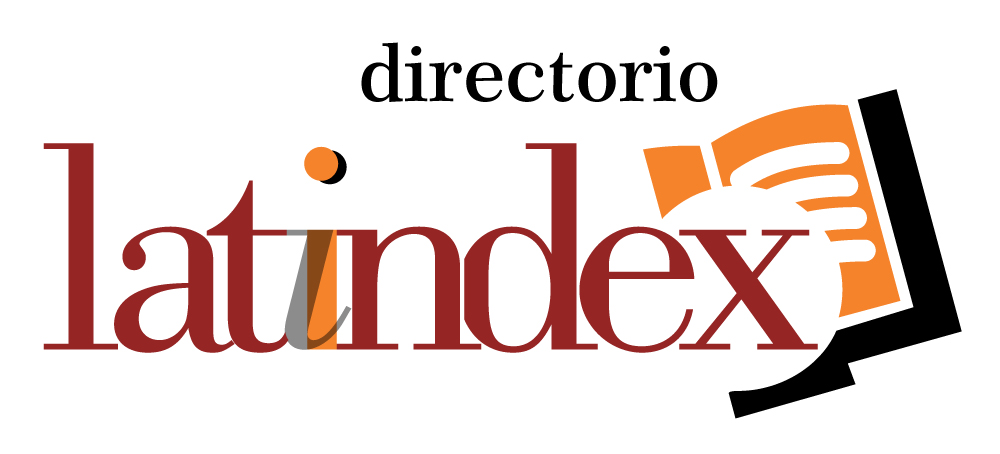Análisis crítico del discurso público: ¿discriminación sexista para incrementar influencia y poder?
DOI:
https://doi.org/10.71112/jgm74450Palavras-chave:
comunicación política, discriminación sexista, discurso crítico, equidad de género, poder abusivoResumo
¿Es admisible que lideres u otros miembros de los grupos sociales que participan en la política de un determinado país, pueden auto concederse tolerancia o libre potestad para emitir expresiones ofensivas y discriminantes, como un medio valido para acrecentar simpatía popular, influencia publica y poder social? Ellos cuentan con aparente exclusividad, fácil acceso y control del discurso público. Este ensayo selecciona entre más de un centenar de frases discriminatorias emitidas públicamente por la misma persona, dirigidas mayormente a las mujeres. Analiza críticamente el contexto global de las mismas en su contenido discursivo relacionado a equidad de género. El material seleccionado, ha sido publicado en titulares de primera página en varios periódicos de distintos países, y expuesto públicamente en centenar de programas y noticieros televisivos, libros y otros en diferentes idiomas. En este ensayo se citarán algunas fuentes para respaldar los argumentos presentados, incluyendo un link visual televisivo.
Downloads
Referências
Anderson, J.A. (1989). Structures of discourse and structures of power. Communication Yearbook No 12. Pp 18-59. Sage, Newbury Park, California. DOI: https://doi.org/10.1080/23808985.1989.11678711
Brown, P. y Levinson, S. (1987). Politeness: Some universals in language usage. Cambridge: Cambridge University Press. DOI: https://doi.org/10.1017/CBO9780511813085
Brown, R. y Gilman, A. (1960). “The pronouns of power and solidarity”. Style in Language. Sebeok, T. (Ed.). Cambridge, MA: MIT Press. 253–77.
Coulhard, C. R. and, Coulhard, M. (1996). Discourse Analysis. pp 84 – 104. Routledge, Londres.
Essed, P. (1997). “Racial intimidation: Sociopolitical implications of the usage of racist slurs”. The language and politics of exclusion: Others in discourse. Riggins, S. (Ed.). Thousand Oaks, CA: Sage. 131–152.
Essed, P. (1991). Understanding everyday racism: An interdisciplinary theory. Newbury Park, CA: Sage. DOI: https://doi.org/10.4135/9781483345239
Eckert, P. y Rickford, J. (2001). Style and sociolinguistics variation. Cambridge y New York: Cambridge University Press.
Fairclough, N. y Wodak, R. (1997). Critical discourse 220. Revista Austral de Ciencias Sociales 30: 203-222.
Foucault M. (1972). The archaeology of knowledge (Translated from the French by A. M. Sheridan Smith). Pantheon Books.
Foucault M. (1981). The order of discourse. In Young R. (Ed.), Untying the text: A post-structuralist reader (pp. 48, 78), Routledge.
Galbraith, J. K., & Aleu, J. F. (1984). La anatomía del poder. Barcelona, Spain: Plaza & Janés.
Genette, G. (1989). Discurso del relato. Figuras iii, 75-327.
Goldberg, D. and Solomon, J. (2002). The Blackwell Companion to racial and Ethnic Studies. pp. 145-159. Blackwell, Oxford. DOI: https://doi.org/10.1111/b.9780631206163.2002.00002.x
Gómez (2018). Citas y Referencias. Citar vs plagiar. Recomendaciones y aspectos básicos del estilo APA (Basada en la 7. ed. en inglés). Biblioteca de la Universidad de Lima, Perú. Version actualizada al 2020. https://apastyle.apa.org/blog/
Graham, L. J. (2005). Discourse analysis and the critical use of Foucault. The Australian association of research in education annual conference.
Gramsci, A. (1971). Selections from prison notebooks. Londres: Lawrence and Wishart.
Han, B. C. (2016). Sobre el poder. Herder Editorial.
Kedar, L. (1987). Power through discourse. Norwood, NJ: Ablex
Lukes, S. (1986). Power. Oxford: Blackwell.
Makri-Tsilipakou, M. (2003). Greek diminutive use problematized: gender, culture and common sense. Discourse & Society. 14, (6), 699–726. DOI: https://doi.org/10.1177/09579265030146002
Mayr, A. (2008). Language and power: An introduction to institutional discourse. Londres y Nueva York: Continuum.
Moya, A., & Herrera, M. (2015). Twitter como ágora moderna: Deliberación y confrontación de ideas. Biblioteca de la Universidad de Lima, Perú. Version actualizada al 2020. https://apastyle.apa.org/blog/
Sarangi, S. y Slembrouck, S. (1996). Language, bureaucracy, and social control. Londres and New York.
Longman. S. R. (2015). “Discourse Analysis in the Legal Context”. The Handbook of Discourse Analysis (2nd Ed.). Chichester: John Wiley & Sons. 822-840. DOI: https://doi.org/10.1002/9781118584194.ch38
Rodríguez, A. (2011). Evadas, cíen frases de Juan Evo Morales Ayma para la historia. Ed.: Independiente/Bolivia. 184 p.
Ronzani, T. M., & Touzé, G. (2020). Discursos en el ámbito científico, político y social. In: Consumos de sustancias psi-coactivas: del castigo al cuidado. Salud colectiva, 16, e3100. DOI: https://doi.org/10.18294/sc.2020.3100
Tannen, D.; Schiffrin and Hamilton, H. (2001). Handbook of Discourse Analysis. pp. 352-371. Blackwell, Oxford. DOI: https://doi.org/10.1111/b.9780631205968.2003.00019.x
Tannen, D. (1994). Talking from 9 to 5: How women’s and men’s conversational styles affect who gets heard, who gets credit, and what gets done at work. Nueva York: Morrow.
Van-Dijk, T. A. (2017). Análisis Crítico del Discurso. Revista Austral De Ciencias Sociales, (30), 203–222.
Van Dijk, T. (Ed.). (2016). Analysis. Discourse as social interactions. Discourse studies: A multidisciplinary introduction, vol. 2. Thousand Oaks, CA: Sage. 258–284.
https://doi.org/10.4206/rev.austral.cienc.soc.2016.n30-10. DOI: https://doi.org/10.4206/rev.austral.cienc.soc.2016.n30-10
Van Dijk, T. (2014). Discourse and knowledge. Cambridge: Cambridge University Press. DOI: https://doi.org/10.1017/CBO9781107775404
Van Dijk, T. (2008). Discourse and power. Basingstoke y New York: Palgrave Macmillan. DOI: https://doi.org/10.1007/978-1-137-07299-3
Van Dijk, T. (2005). Discurso y poder. Gedisa Editorial.
Van Dijk, T. (1987). Communicating racism: Ethnic prejudice in thought and talk. Newbury Park, CA: Sage.
Wrong, D. (1979). Power, its forms, bases, and uses. Nueva York: Harper and Row.
Downloads
Publicado
Edição
Seção
Licença
Copyright (c) 2025 Revista Multidisciplinar Epistemologia das Ciências

Este trabalho está licenciado sob uma licença Creative Commons Attribution 4.0 International License.











